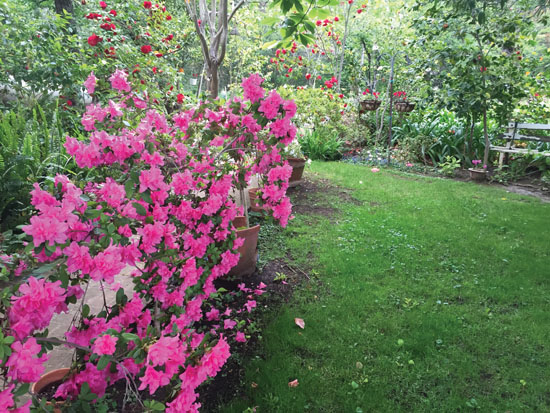
|
||||||
With all the rain we've enjoyed this season, spring has birthed the most spectacular garden displays experienced in years. The air is fragrant with the scent of jasmine, emerald green hills are decorated with golden poppies, and pretty peonies populate our plots. Songbirds chirp as they feather their nests, butterflies flit from blossom to bloom, lady beetles and bees are busy with their business. A lovely turkey feather poked out from under my fig bush by my living room window. When I went to grab it, I realized it was attached to a wild hen sitting on eggs. She wasn't even startled and I've continued to enjoy watching her daily.
Our natural world has found its equilibrium.
My Pearl's Premium lawn is finally looking lush and full. The secret was constant reseeding, daily moisture and netting to keep the birds at bay. This summer will tell how drought resistant the grass is. One thing is for certain, it has definitely forced out weeds and dandelions. Whereas I used to pick at least a hundred dandelions a day to feed the quail, I am now down to half a dozen or even less. Thus far I am impressed with this grass seed and will keep you posted as the dry weather sets in. (www.pearlspremium.com)
I've been busy planting seeds one by one, a very tedious task, as I'm not one to start my seedlings indoors. Instead I use an egg carton and pour the various seeds I want to plant into the egg holders, then, I meticulously plunge each tiny seed into its own hole. Some seeds, like Echinacea, are smaller than a pinpoint. One has to have serious dedication to growing a variety of specimens when sowing. My preferred method is to scatter a big bucket of seeds mixed with sand and see what thrives. Cinda McKinnon of Orinda has used this method successfully on her wild Mediterranean hillside.
My March 23 article about cultivating a wildflower meadow (go to http://www.lamorindaweekly.com/archive/issue1002/Digging-Deep-How-to-Cultivate-a-Wildflower-Meadow.html) sparked immense interest from across the country. One of my favorite descriptive notes arrived from Ron in Texas who wrote:
"What a wonderful article on growing wildflowers. I've always loved wildflowers, remembering the trillium that carpeted the Wisconsin forests in the spring and the daisies, black-eyed Susans, and other wildflowers that covered any open field all summer long. Later, finding wild azalea in the Georgian woods and now, in Texas, going to see the bluebonnets and Indian paintbrush, as well as finding every vacant lot here in Houston filled with 7-foot tall sunflowers. Thanks to Lady Bird Johnson, planes seed most Texas highways with beautiful wildflowers largely in the spring before the heat and drought of summer and their beauty. I always let my yard grow wild in spring so that many wildflowers there can bloom and reseed."
And that is the secret to spring wildflowers - allow them to bloom and reseed.
The simple pleasures of spring are for all of us to savor. Get moving and get into your garden.
CYNTHIA BRIAN'S FRESH IDEAS:
REFRESH your dirt with a few yards of new, enriched top soil and compost. Good soil is the foundation for a healthy, happy landscape.
TILL your cover crops of vetch, mustard, clover, or fava beans into your soil. If they have grown to large to till, pull them out, run them over with a lawnmower, then return them to the soil for all of the nutrients they will provide your produce.
SEPARATE seeds in an egg carton for ease in sowing.
POKE holes in the soil with a pencil or stick to plant a variety of small seeds including sunflowers, hollyhock, cathedral bells, purple hyacinth beans and perennial sweet peas.
SOAK morning glory seeds for eight hours before planting or nick with a fingernail clipper to assist in rooting.
DISCOVER spring by scattering wildflower seeds. Allow them to bloom and reseed themselves for another display next season.
GATHER a bouquet of peonies or even a single stem to create a stunning and long lasting floral arrangement.
BUILD simple raised beds to grow your bounty of vegetables. Even a small 3 x 3 foot redwood box will provide space for plenty.
SHOP for vegetables and herbs at your favorite nursery or garden center. Tomatoes, peppers, squash, eggplant, watermelon, pumpkin, zucchini, beans and cucumbers are available in four-inch pots and six packs at reasonable prices.
PULL weeds on a continuous basis. Weeds zap the moisture from the plants we want. Don't let them form seed heads.
EMPTY standing water from pots, tires, neglected ponds, pools or any place where mosquito larvae will breed. With all the rain we've had this year, mosquitoes could spread West Nile virus. If you have a pond, the Contra Costa Mosquito and Vector Control will provide free mosquito fish by calling (925) 771-6196. California authorities are monitoring the activity of West Nile virus and request that any dead birds or squirrels be reported to them at (877) 968-2473.
SEED and reseed your lawns specifically when it's raining. Make sure to keep the seed moist until it sprouts. Pearl's Premium may be the answer for a lush, green, drought-resistant lawn. www.PearlsPremium.com
DANCE the snail stomp, a dance my children and I invented one very wet winter years ago. Go out at night with gloves on, flashlight in hand, and a bucket to pick up slugs and snails. Find an area to dump and dance. (If you don't like to dance, fill the bucket with soapy water and the dirty deed is done.)
TOUR gardens when you are not enjoying your personal backyard. Check the newspaper for garden tours around the Bay Area. You'll find inspiration in what others have designed and accomplished.
Enjoy the splendors of spring while you dream of a personal journey through nature.
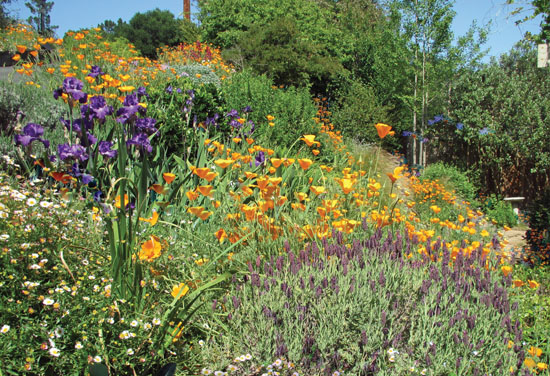

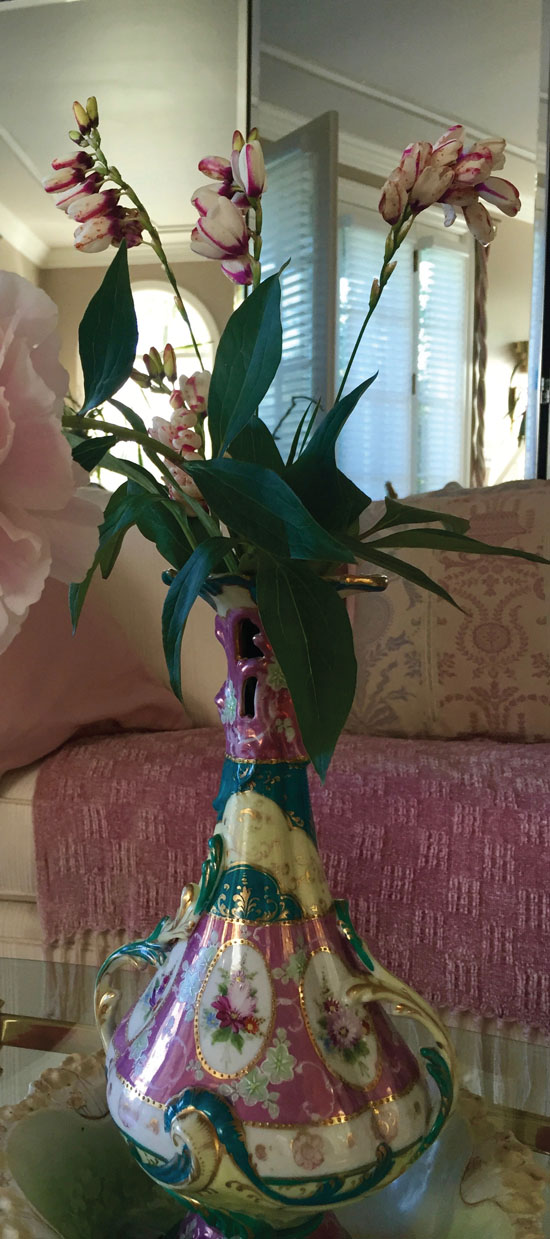
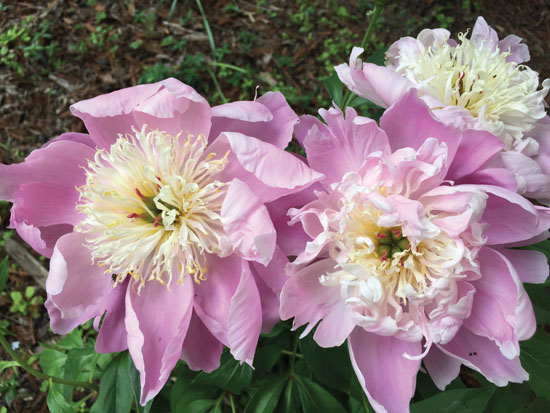
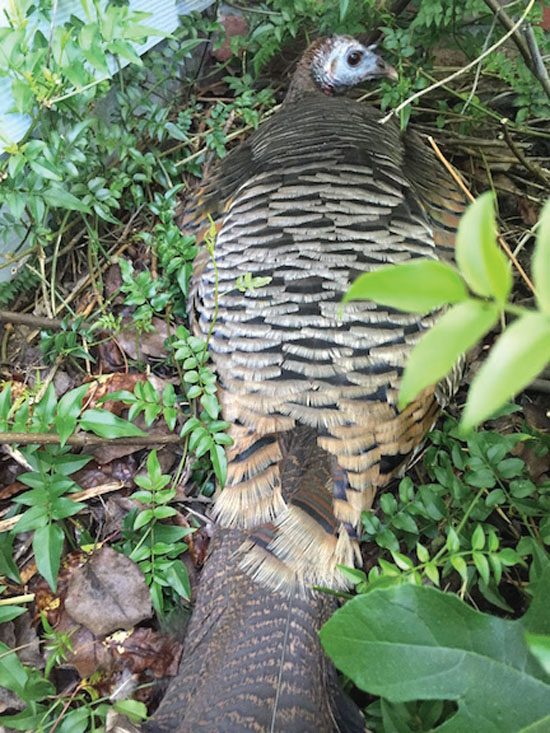

Lamorinda.


Cynthia Brian welcomes spring to every garden.
Happy gardening. Happy growing!
©2016
Cynthia Brian
The Goddess Gardener
Starstyle® Productions, llc
Cynthia@GoddessGardener.com
www.GoddessGardener.com
925-377-STAR
Tune into Cynthia’s Radio show at www.StarStyleRadio.com
Garden and plant consultations by appointment.
Reach the reporter at:
